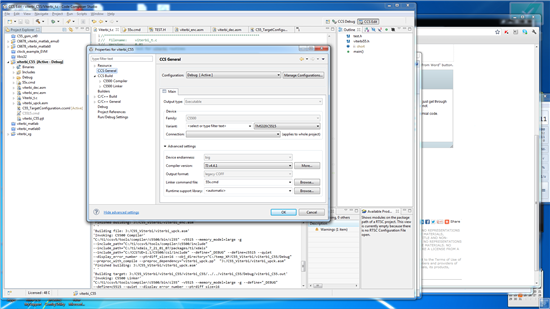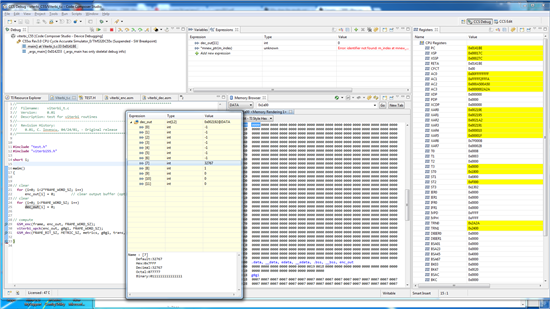I am needing to code a hard-decision Viterbi decoder on the c55x with K=5 and Rate=1/2. This is exactly what the SPRA776A does. However, my generator polynomials are different than are used in SPRA776A. I see that the code in SPRA776A is hard-coded to 189 bits. That's not a problem. I have fixed that in TI's code. It is also not legally C-callable as written (e.g. it modifies T3 without restoring it). I have fixed that too. The project does run successfully with the results reversed, exactly as described. But there are no comments about the usage of the polynomial in the decoder, only in the encoder. I can't see any direct relationship between the polynomial and the assembler source for the decoder. It must be very subtle.
What I really want is the C reference code for the decoder so that I can modify the assembler code to fit my generator polynomials. An earlier post has said that reference is available somewhere on the internet. However, I have spent days looking for it without finding it. I would be happy to publish the final working and optimized assembler code, once I get the C reference.
Thanks.
Craig



